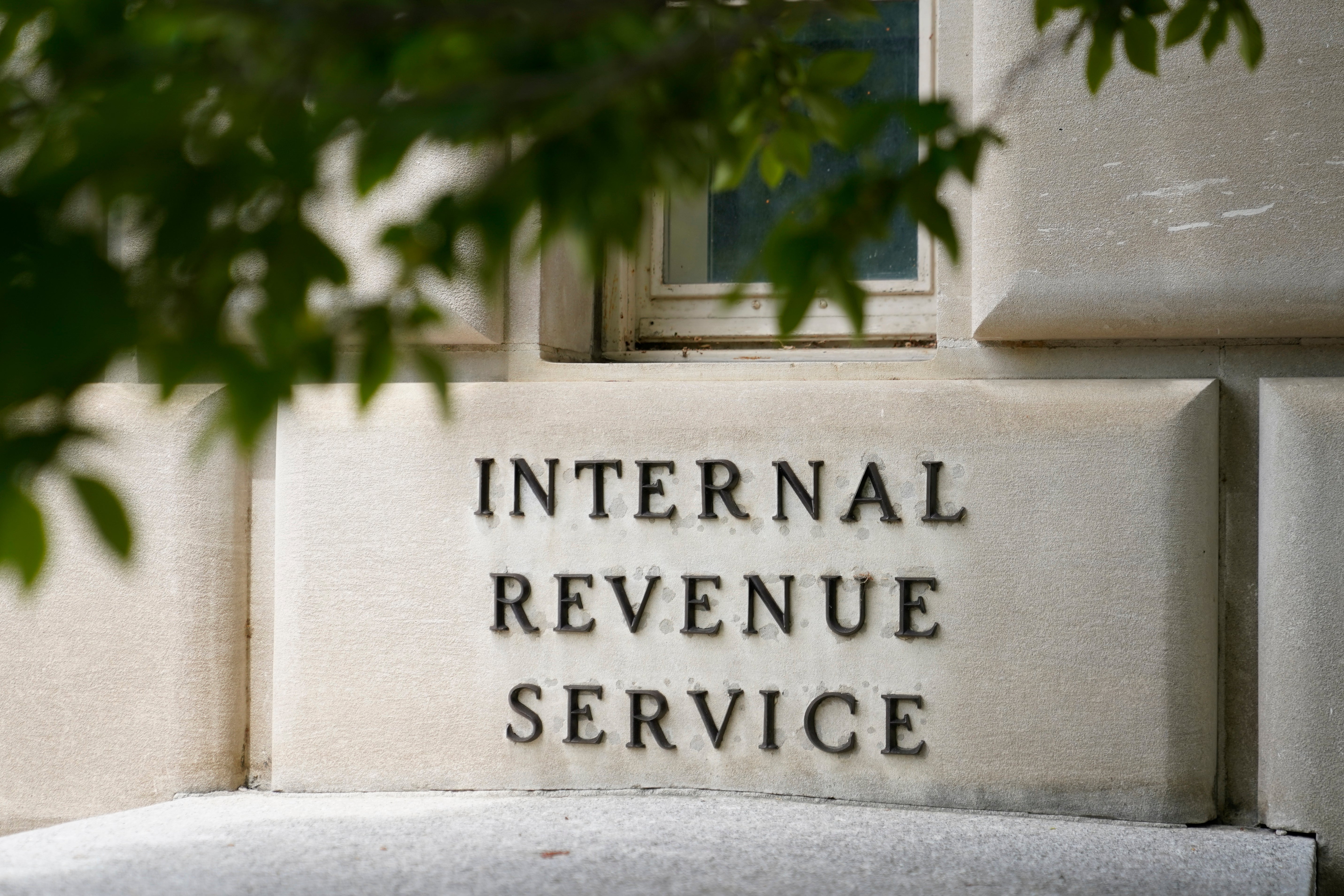Gap between US income taxes owed and paid is set to keep growing, IRS says
The amount of tax money owed but not paid to the IRS is set to keep growing

Your support helps us to tell the story
From reproductive rights to climate change to Big Tech, The Independent is on the ground when the story is developing. Whether it's investigating the financials of Elon Musk's pro-Trump PAC or producing our latest documentary, 'The A Word', which shines a light on the American women fighting for reproductive rights, we know how important it is to parse out the facts from the messaging.
At such a critical moment in US history, we need reporters on the ground. Your donation allows us to keep sending journalists to speak to both sides of the story.
The Independent is trusted by Americans across the entire political spectrum. And unlike many other quality news outlets, we choose not to lock Americans out of our reporting and analysis with paywalls. We believe quality journalism should be available to everyone, paid for by those who can afford it.
Your support makes all the difference.The amount of tax money owed but not paid to the IRS is set to keep growing, according to projections published by the federal tax collection agency on Thursday.
For tax years 2021 and 2020, the latest to receive such IRS estimates, the projected gross “tax gap” soared to $688 billion and $601 billion, respectively. That marks a significant jump compared to years past — with gross tax gap projections standing at $550 billion for 2017-2019 and $496 billion for 2014-2016.
One of the IRS's biggest challenges is making sure that people actually pay their taxes. While agency data shows that the vast majority of Americans pay their taxes voluntarily and on time, hundreds of billions of dollars in unpaid taxes pile up each year — and tax gap estimates keep getting bigger.
IRS Commissioner Danny Werfel said that the rising tax gap estimates “underscores the importance” of more compliance efforts. Part of the $80 billion the IRS received from the Biden administration’s Inflation Reduction Act is being used for that purpose.
“We are adding focus and resources to areas of compliance concern, including high-income and high-wealth individuals, partnerships and corporations," Werfel said in a statement. "These steps are urgent in many ways, including adding more fairness to the tax system, protecting those who pay their taxes and working to combat the tax gap.”
The tax gap could also be bigger than expected. Some prior-year projections have already been revised higher. The gross tax gap for 2017-2019, for example, was initially expected to be $540 billion, but climbed $10 billion in later estimates.
Estimates for 2021 assume that noncompliant behavior hasn't changed since the most recent 2014-2016 audit, IRS officials noted in a call with reporters — meaning that current projections don't reflect filing behavior seen in the pandemic, for example. But shifts in economic activity and changes in the mix and type of income reported for 2021 are accounted for — so as total tax liability increases, so does the tax gap.
Agency officials added that Inflation Reduction Act funding is also being used to establish more sophisticated methods aimed at measuring more recent behavioral changes.
Thursday's announcement also marks the first time tax gap projections have been provided for single tax years.